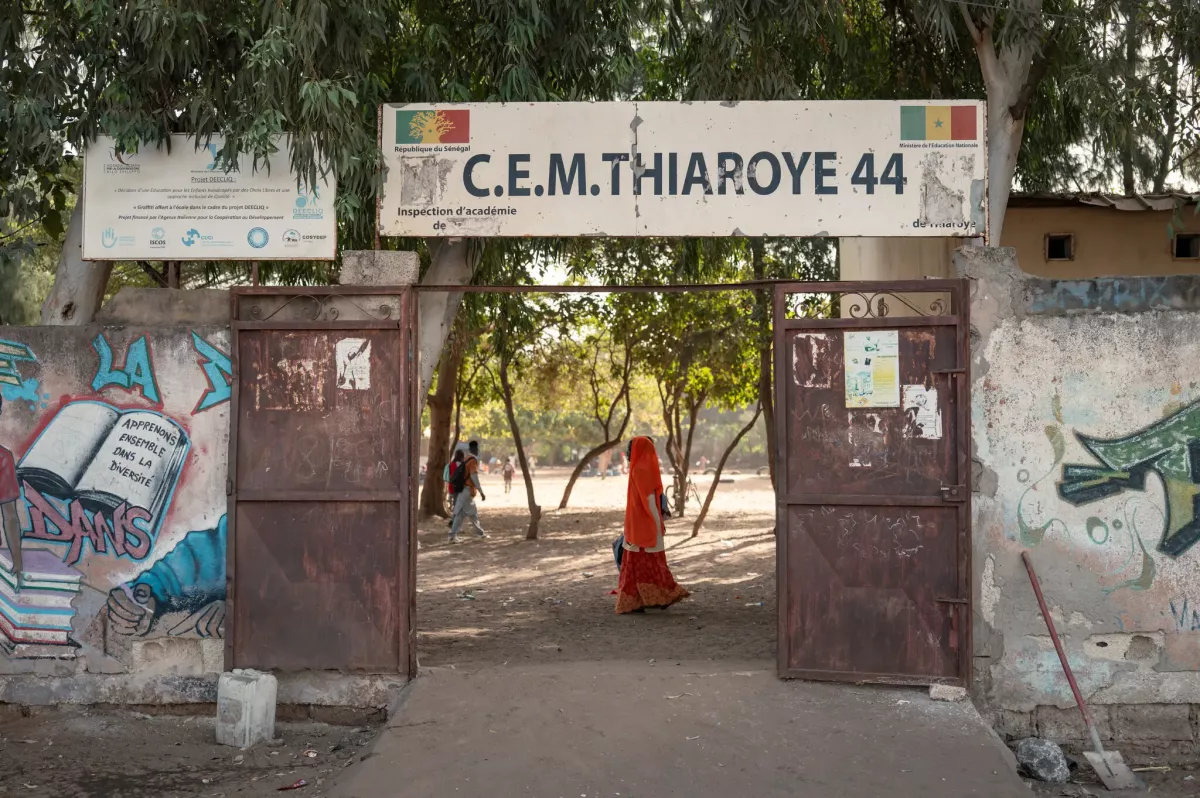Thiaroye tragedy: France faces lawsuit over WWII killing of African soldiers Article by TRT World
Turkish broadcaster TRT World recently published a revealing article about a dark and tragic episode during World War II: the mass slaughter of African colonial soldiers by French forces in Thiaroye, Senegal. We invite Caliber.Az readers to explore this powerful report, uncovering a painful chapter of history often overlooked.
According to the report, a Senegalese man, Biram Senghor, has filed a formal complaint against the French state, accusing it of concealing the remains of his father, M’Bap Senghor, a colonial soldier who was killed by French troops during the infamous Thiaroye massacre in 1944. Biram Senghor, who is at least 86 years old, has sought justice through the Paris courts, with his lawyer Mbaye Dieng publicly announcing the filing on June 24.
French authorities have admitted responsibility for killing M’Bap Senghor on December 1, 1944, in Thiaroye — now part of Senegal. M’Bap Senghor was one of dozens of African soldiers who had returned from the battlefields of war-torn Europe, demanding rightful payment. Instead of receiving their dues, these colonial soldiers were brutally suppressed by the French military.

While official French records from the time report that 35 soldiers died in the Thiaroye incident, historians believe the death toll could be as high as 400, making it one of the most severe massacres committed during French colonial rule in Africa. Many questions still linger regarding the true number of victims, their identities, and the locations of their burials.
Historian Armelle Mabon, who has extensively researched and written about the 1944 killings, revealed that French authorities initially claimed that Senghor had “not returned” from the front lines and later labeled him a deserter. It was only almost a decade later, in 1953, that his death was officially acknowledged.
“For a long time, they lied to his family,” said Dieng. “They pretended Senghor was a deserter, that he did not die in Thiaroye, and only eventually admitted the truth.” Dieng emphasised the demand for transparency and accountability: “They need to tell us where his remains are.”

The lawyer also accused France of taking all colonial-era archives when it left Senegal after independence, implying that crucial records were hidden. However, a French government source told AFP in December that France had “done everything it had to” regarding the incident and that all related archives were made available for public consultation.
Excavations began in early May at Thiaroye, uncovering human skeletons bearing bullets — some lodged in the chest — confirming the violent nature of the massacre, according to sources involved in the project.
Biram Senghor, the only known surviving direct descendant of the slain soldiers, expressed his pain and frustration: “I don’t know where my father was buried—whether in a cemetery or at Thiaroye.” He also highlighted the long struggle for recognition and compensation, saying, “I have been due reparations from France for more than 80 years. It needs to pay.”

The massacre occurred in a broader context of the immense contribution and suffering of African soldiers during the world wars. Hundreds of thousands of colonial troops, commonly known in France as the “Senegalese Infantrymen,” fought for their colonial ruler, France, including in conflicts against independence movements in Indochina and Algeria.
In November 1944, about 1,600 West African soldiers, many of whom had been prisoners of war captured by Germany, arrived at the Thiaroye camp. Their demands for fair wages and equal treatment with white soldiers intensified. When some refused to return home without their due compensation, the French military opened fire on December 1, 1944, killing many.
By Tamilla Hasanova








